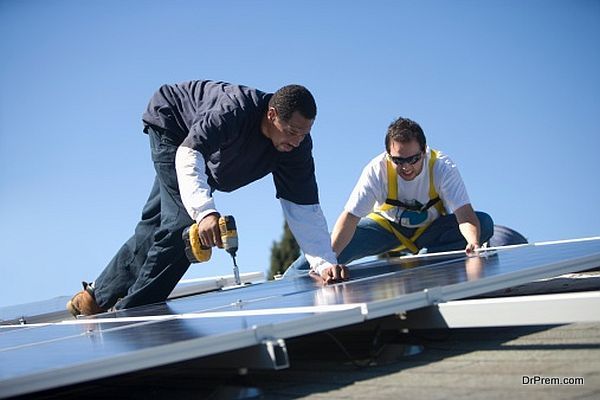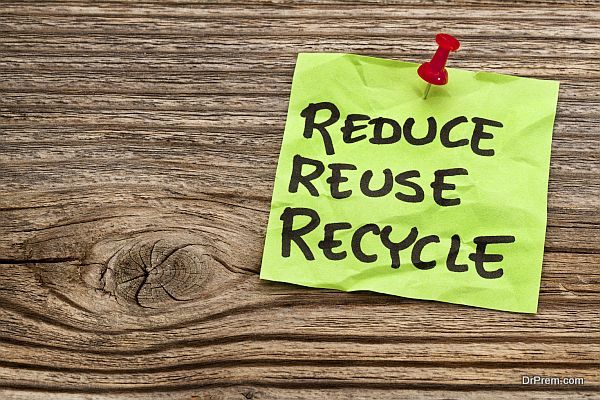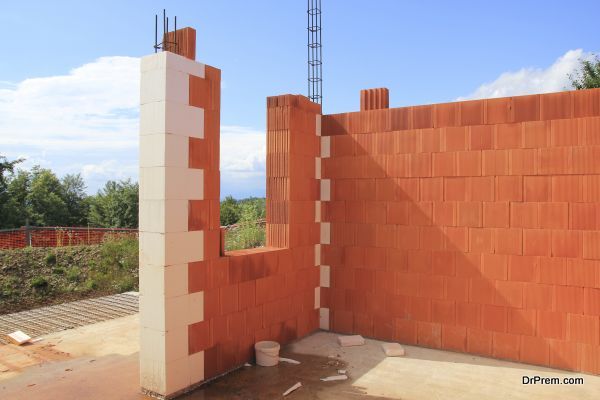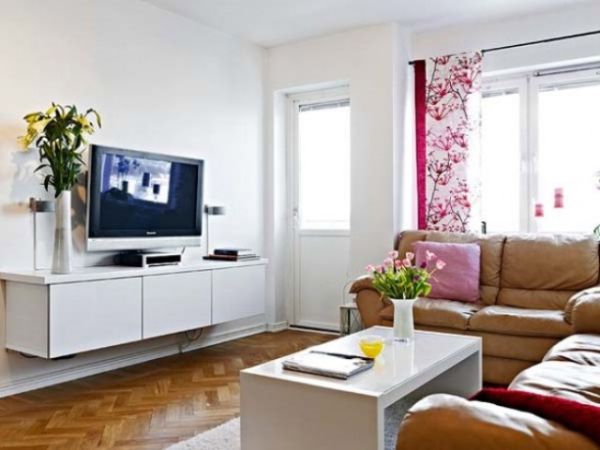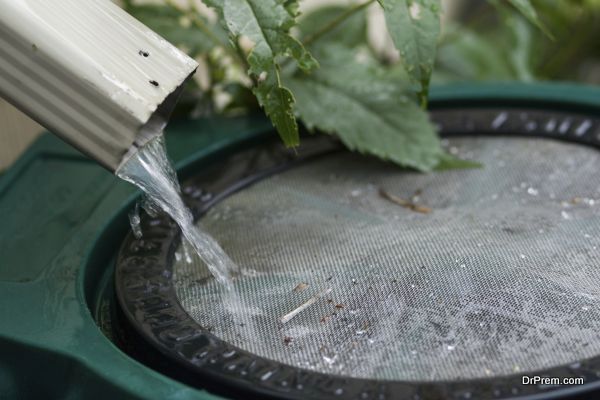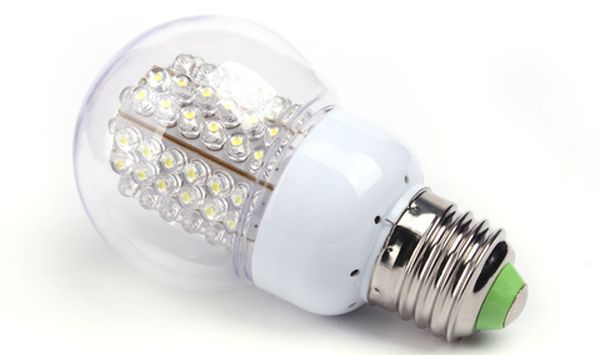The environment is a hugely important part of everyone’s lives. It is at the forefront of governmental discussion and it is present in the policies of businesses. But what can you do in your own life to ensure that you’re making environmentally friendly choices for your family and home? Many of the houses that are being built nowadays are ‘green’ – and it’s a great thing to do for many reasons, not the least of which is the fact that you can save money and reduce your carbon footprint – but how do you do it? Here are some tips that you can follow when looking to build an environmentally friendly home.
- Location Location, Location
When you’re choosing the location for your new home, you need to think about the spot that you’re picking in terms of breezes, sun and the aspect. For example, west facing homes will require a lot more insulation and effort to keep cool because of the harsh sun. You also need to think about the proximity to public transport and local amenities.
- Solar panels
Consult with Roof Resto, Melbourne’s roofing specialists to find out about how they can build your roof to best suit solar panels. This will be a great option for your home and will make it very energy efficient. In some cases, power companies even end up owing you money!
- Water saving devices
Make sure that the toilets, showers and taps that you install all are of the water saving persuasion so that you aren’t using more water than you need to for flushes and showers. Installing a rainwater tank and using greywater for watering your garden will double the use that you get out of every drop.
- Insulation
This is one of the most important things for a green home, and a home with great insulation is going to be cool in summer and warm in winter so you can cut down on your heating and cooling bills. You should also work to make sure that there aren’t any air leaks around windows and doors – so that you don’t let the heating and cooling of your home go to waste.
- The three ‘Rs’ – Reduce, Reuse, Recycle
Use recycled materials wherever you can for your home – like reclaimed timber and used glass, reuse materials for other things.
- Use Sustainable Building Materials
Make sure that your home is as sustainable as possible by using green building materials like bamboo and recycled glass, and consult with your builder to find out where you can source these materials to make your home as green as possible.
- Small is good
Only build as big as you need. You might have seen the advent of all of the new tiny houses that are being built nowadays, and while you don’t need to restrict yourself to something like a tiny house, you don’t need a huge amount of space for your family either. Think about the space you need and whether or not you can double up on some of the spaces that you have.
- Energy Star Windows
Even windows can be energy efficient in the way that they let light in and heat out.
- Rainwater harvesting system
The rainwater tank is a must for any green home. Install one or two, and ensure that you use them wherever you can!
- Eco-Friendly Lighting
LED bulbs are your new green best friend. Swap the lighting in your home for energy efficient bulbs and enjoy the saving on your next power bill.
Article Submitted By Community Writer


